Does testosterone have you confused? You might know what it is, but what are the different types and how do you test for it? We’ve got quick and easy answers for you right here.
Testosterone is a hormone (androgen) made from cholesterol, but not all of the testosterone in the bloodstream is usable by the body. In men, a small amount is produced in the adrenal glands above the kidneys, but 95 percent is produced when cholesterol is converted to testosterone in the testicles. In women, the ovaries account for more than half of testosterone production and the adrenal glands are responsible for the rest.
So what types of testosterone will you find in the body? (Note: This information is for men.)
Free Testosterone is the purest form of the hormone, and it’s called “free” because there aren’t any proteins attached to it. Because it’s unbound, free testosterone can easily enter cells and kick-start receptors. On the other hand, it only makes up 2-3 percent of total testosterone.
SHBG-bound Testosterone makes up 40-50 percent of total testosterone and is bound to the sex hormone-binding-globulin (SHBG) protein, which is produced in the liver. This hormone-protein combo plays a key role in managing the amount of free testosterone in the body. The downside of this type of testosterone is that it doesn’t help build muscles or bump the mood because it’s biologically inactive. Because of this, it’s possible to have high testosterone levels while suffering the symptoms of a hormone deficiency.
Albumin-bound Testosterone is a version of the hormone that is bound to the liver-producing protein albumin, which works as a stabilizer. This hormone also is biologically inactive, but because the hormone-protein bind is weak, it can break and create free testosterone if needed. The result is that some labs will lump this type of testosterone with the free kind when you get tested.
Now that we’ve broken down the different types of testosterone, what happens when you get tested?
There are two types of tests: total testosterone and free testosterone. The former measures the amount of the hormone (free, SHBG, and albumin) floating in your bloodstream when the test is taken and is measured in nanograms per decilitre (ng/dL). The latter is measured in picograms per mililiter (pg/mL) and is incredibly hard to measure accurately because there’s such a small amount in the body.
When you read articles or hear from your doctor about testosterone levels, you’re usually hearing about total testosterone levels.
There are three ways to test your hormone levels: saliva sample, urine sample, and blood sample. Saliva and urine tests are quick and inexpensive, but aren’t very accurate. Blood serum testing is much more accurate, but it also comes at a hefty price.
For women, a blood test is a good idea when there’s a decreased sex drive or irregular menstrual periods. For men, testing is recommended when concerns arise about infertility, sex drive, prostate cancer, or osteoporosis. Think you might need hormone replacement therapy? Take our two-minute hormone deficiency self-assessment tests for men and women.
Although numbers vary from source to source, these numbers from WebMD provide a reference point for normal testosterone levels. Above all else, always discuss your results with your healthcare provider for the most accurate assessment and treatment plan.
Total Testosterone
- Men: 270-1070 ng/dL (9-38 nmol/L)
- Women: 15-70 ng/dL (0.52-2.4 nmol/L)*
- Children: 2-20 ng/dL or 0.07-0.7 nmol/L
Free testosterone
- Men: 50-210 pg/mL (174-729 nmol/L)
- Women: 1.0-8.5 pg/mL (3.5-29.5 pmol/L)
If you have low testosterone levels, we have bioidentical hormone creams for men and women to bring you back to your normal healthy, and happy self.
*Postmenopausal woman will see about half the normal level for a healthy, nonpregnant woman, while a pregnant woman will have three to four times the amount of testosterone compared to a healthy, nonpregnant woman.

